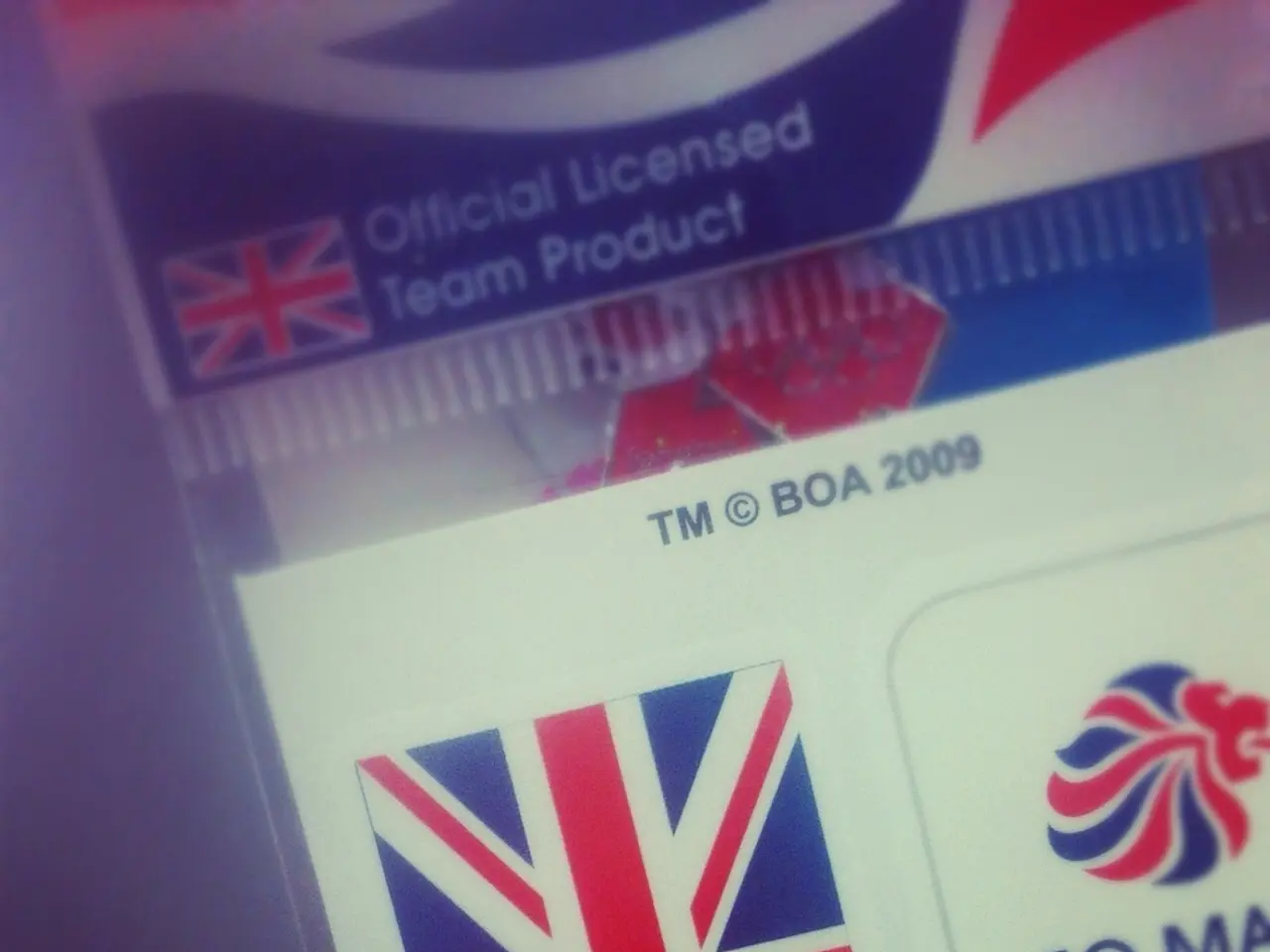Joint Business Collaborations Across Borders: Perspective Under U.S. Statutes
In the dynamic world of international business, establishing a joint venture (JV) with a U.S. partner can be an exciting yet complex endeavour. This article provides a step-by-step guide to help you navigate the process.
Choosing the Right Legal Form
The first step in setting up a JV is to choose the appropriate legal form for your business objectives and tax considerations. The Limited Liability Company (LLC) is a popular choice due to its flexibility and liability protection, but corporations and partnerships are also options.
Regulatory Feasibility Check
Before proceeding, it's essential to conduct a regulatory feasibility check to ensure compliance with antitrust laws, foreign ownership restrictions, and other regulations applicable to your business and industry.
Drafting the Joint Venture Agreement
The Joint Venture Agreement is a crucial document that outlines the roles, responsibilities, profit-sharing, and governance of the partnership. For a Limited Liability Company (LLC), an Operating Agreement is prepared. For a corporation, a Shareholders’ Agreement, charter, and bylaws are drafted. For a Limited Partnership (LP), a Partnership Agreement is prepared.
Defining Management and Control
Clearly defining management and control arrangements is vital. This includes specifying who appoints management representatives and outlining decision-making processes.
Obtaining an Employer Identification Number (EIN)
Once the JV is established, an Employer Identification Number (EIN) must be obtained from the IRS for the new entity, and a separate bank account should be opened to keep the JV's finances distinct from the parent companies.
Addressing Tax Classification and Consequences
Collaborating with legal and tax advisors is crucial to ensure the proper IRS filings and to clarify whether the JV will be treated as a partnership, corporation, or disregarded entity for tax purposes.
Alternative Approaches
An alternative approach is to enter into a purely contractual JV without creating a new legal entity. This involves negotiating a detailed cooperation agreement defining the roles, responsibilities, profit sharing, and governance. However, this form is typically used for limited projects as it can become complex for ongoing operations compared to forming a new entity.
The Joint Venture Agreement Generator is a useful tool that focuses on partner contributions, ownership stakes, management structures, and profit-sharing. Direct exporting offers full control over the product and minimum initial investment, but it may face local tax issues and lack local market knowledge.
In conclusion, setting up a JV with a U.S. business partner involves selecting a business form, conducting legal due diligence, drafting comprehensive governance and operational agreements, obtaining an EIN, and ensuring clear management control and financial separation. Legal and tax counsel should be involved at all stages to tailor the structure appropriately.
In the process of setting up a JV with a U.S. partner, seeking legal consultation for dispute resolution is essential, as it can help navigate complex regulatory issues and ensure compliance. To further secure a successful partnership, industry professionals might consider financing their joint venture through alternative means like legal consultation services for a well-defined and managed business operation.






